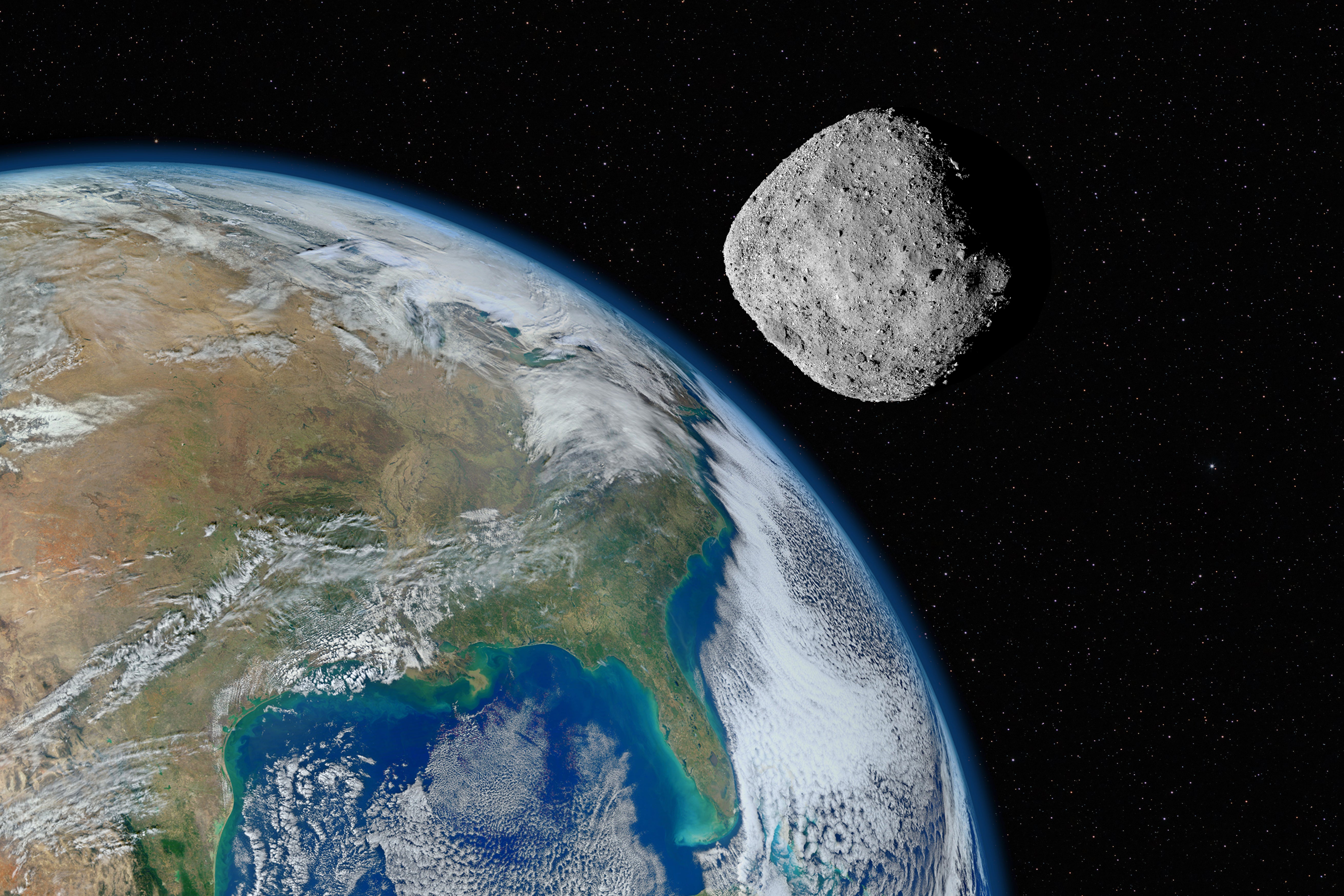China working on a new way to detect asteroids that threaten Earth
An array of 20 radio antennas will detect asteroids travelling between the Sun and the Earth

Your support helps us to tell the story
From reproductive rights to climate change to Big Tech, The Independent is on the ground when the story is developing. Whether it's investigating the financials of Elon Musk's pro-Trump PAC or producing our latest documentary, 'The A Word', which shines a light on the American women fighting for reproductive rights, we know how important it is to parse out the facts from the messaging.
At such a critical moment in US history, we need reporters on the ground. Your donation allows us to keep sending journalists to speak to both sides of the story.
The Independent is trusted by Americans across the entire political spectrum. And unlike many other quality news outlets, we choose not to lock Americans out of our reporting and analysis with paywalls. We believe quality journalism should be available to everyone, paid for by those who can afford it.
Your support makes all the difference.A Chinese university is building an array of 20 radar antennas in order to detect asteroids that could collide with the Earth.
Each antenna at the Beijing Institute of Technology’s facility, which is codenamed ‘China Fuyan’, will have a diameter of 25 to 30 meters and observe asteroids within a 150 million kilometer range of our planet – approximately the same distance between the Earth and the Sun.
Currently two antennas have been constructed so far, with testing set to take place in September.
The project will has set out to meet China’s requirements for near-Earth defences, as well as the general study of asteroids, Long Teng, president of the Beijing Institute of Technology, told Global Times.
It could also be used to track debris in Earth’s orbit, which has been rising over time and could keep humanity trapped on the planet in a worst-case scenario.
There is a significant chance someone will be killed by a rocket falling to Earth in the next decade, scientists have warned, as the build-up of detritus gets worse.
There were approximately 21,000 objects in orbit around the Earth, and of these about 5,000 were operational satellites in 2021. Now, however, it is estimated there are more than 128 million objects smaller than one centimetre around the planet which have caused craft like the International Space Station to take evasive action.
China has been developing asteroid monitoring defence systems for some time, with one expected to be tested in 2025. This would catalogue asteroids that could pose a threat to Earth, with the CNSA then sending a craft to divert it from its path.
The probability of an asteroid colliding with Earth is low but one, the 78 billion kilogram Bennu, has been targeted for investigation, due to the 1-in-2700 risk it could hit the planet.
Join our commenting forum
Join thought-provoking conversations, follow other Independent readers and see their replies
Comments